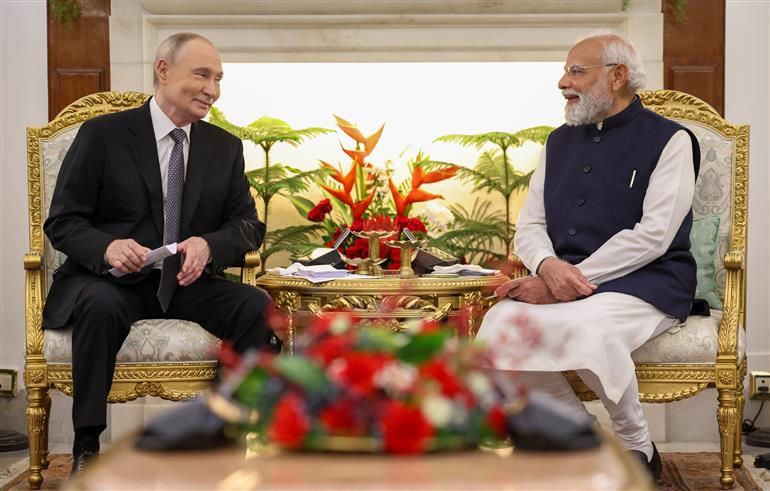Agni V MIRV and India China Strategic Stability
- rkbhonsle
- Mar 21, 2024
- 3 min read

On March 11 India’s Defence Research and Development Organisation (DRDO) conducted the first successful flight test of indigenously developed Agni-5 missile with Multiple Independently Targetable Re-Entry Vehicle (MIRV) technology.
Strategically speaking this raises level of deterrence vis a vis China given the range, accuracy, lethality and ability to defeat missile defences.
Question arises whether this would increase strategic stability vis a vis China even as the same with another regional nuclear weapons state Pakistan is a different issue given the variation in doctrines with India.
Vis a vis, China given that India and China have been assiduously following a No First Use doctrine and while in both countries there is a debate on pros and cons of restraint in the use of nuclear weapons, there has been no change in the official stance.
At the same time enhancement of nuclear weapons capabilities in multiple dimensions is ongoing by both India and China.
China’s expansion of silos, long range missiles and increase in the number of warheads is recorded assiduously by the United States Department of Defence and published annually in the Report on China’s military capability.
There is no reason to doubt that India’s nuclear capabilities are also being developed even though there cannot be any quantified or even qualitative assessment of the same due to absence of data in open source.
In such a scenario, whether the deterrence achieved through Agni V led to strategic stability is a question which needs to be addressed.
Purely in the sphere of a crisis driven by nuclear weapons, given the NFU doctrine of India and China a degree of strategic stability is inherent.
This does not imply that India should not have developed the Agni V with a MIRV, while NFU may deem that nuclear weapons will not be used, there is a need for developing parallel response capabilities by India particularly as China has a nuclear overmatch partly due to the focus of attaining deterrence vis a vis the United States and also Russia.
Agni V MIRV has achieved mutual deterrence. However, it may not have achieved strategic stability which is a degree of assurance that India and China will not breach the NFU.
To understand the same, a definitional perspective of strategic stability may be essential. James Acton in his essay on ‘Reclaiming Strategic Stability,’ provides a definition to note, “strategic stability describes the absence of incentives to use nuclear weapons first (crisis stability) and the absence of incentives to build up a nuclear force (arms race stability).”
Acton goes further to indicate that the concept goes beyond a nuclear conflict to state, “More broadly, it describes the absence of armed conflict between nuclear-armed states; Most broadly, it describes a regional or global security environment in which states enjoy peaceful and harmonious relations”.
Indeed, seen from this perspective strategic stability between India and China is linked not only to Agni V, NFU and so on but also to the ongoing territorial dispute between the two regional powers in Eastern Ladakh and Arunachal Pradesh amongst other areas which has led to an armed skirmish in June 2020 and continued on other occasions at publicly unrecorded level of violence.
Importantly India China pacing competition for influence in the Indian Ocean Region in general and India’s neighbourhood is now well established, which adds another concern for sustainable strategic stability.



Comments